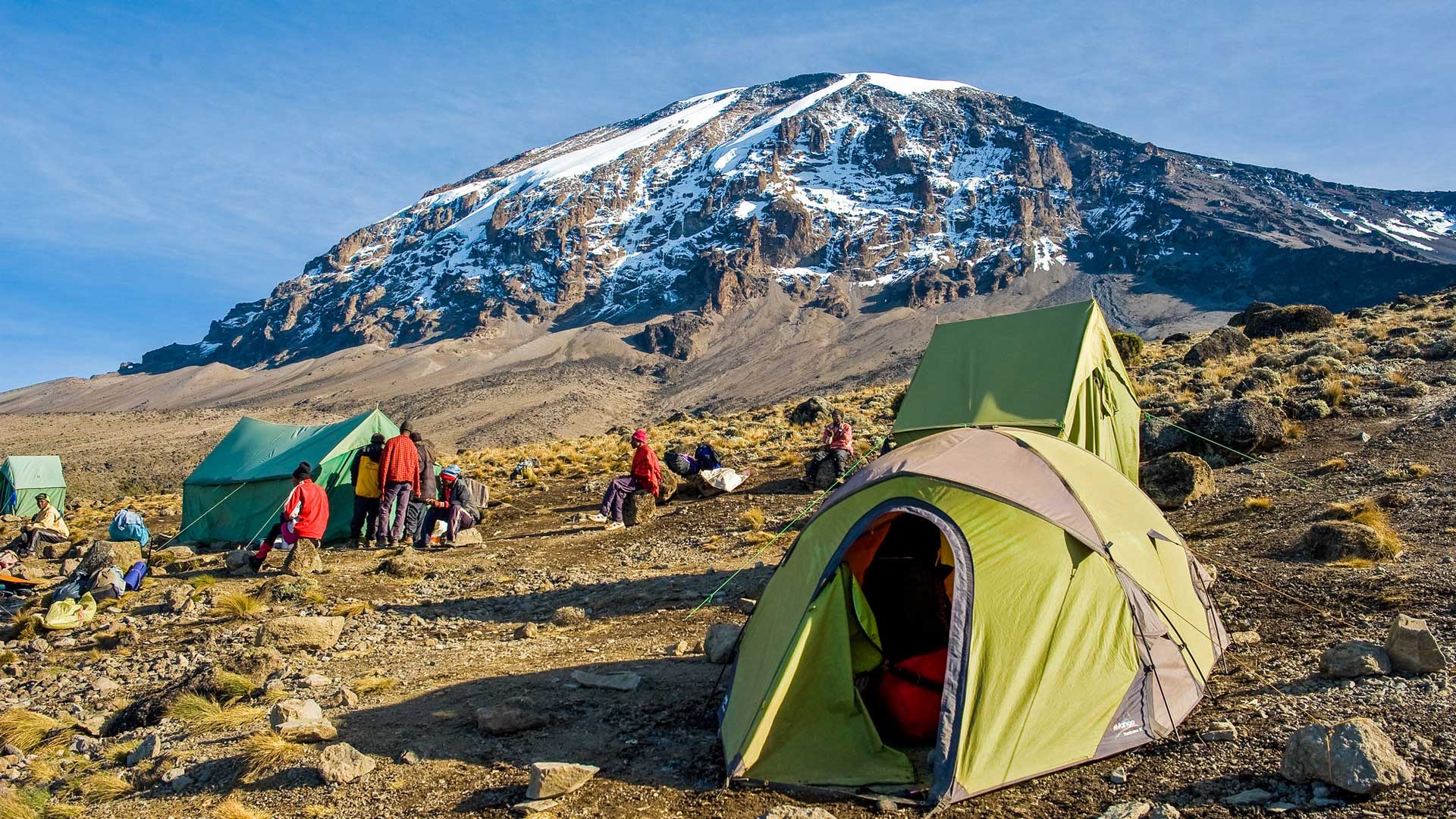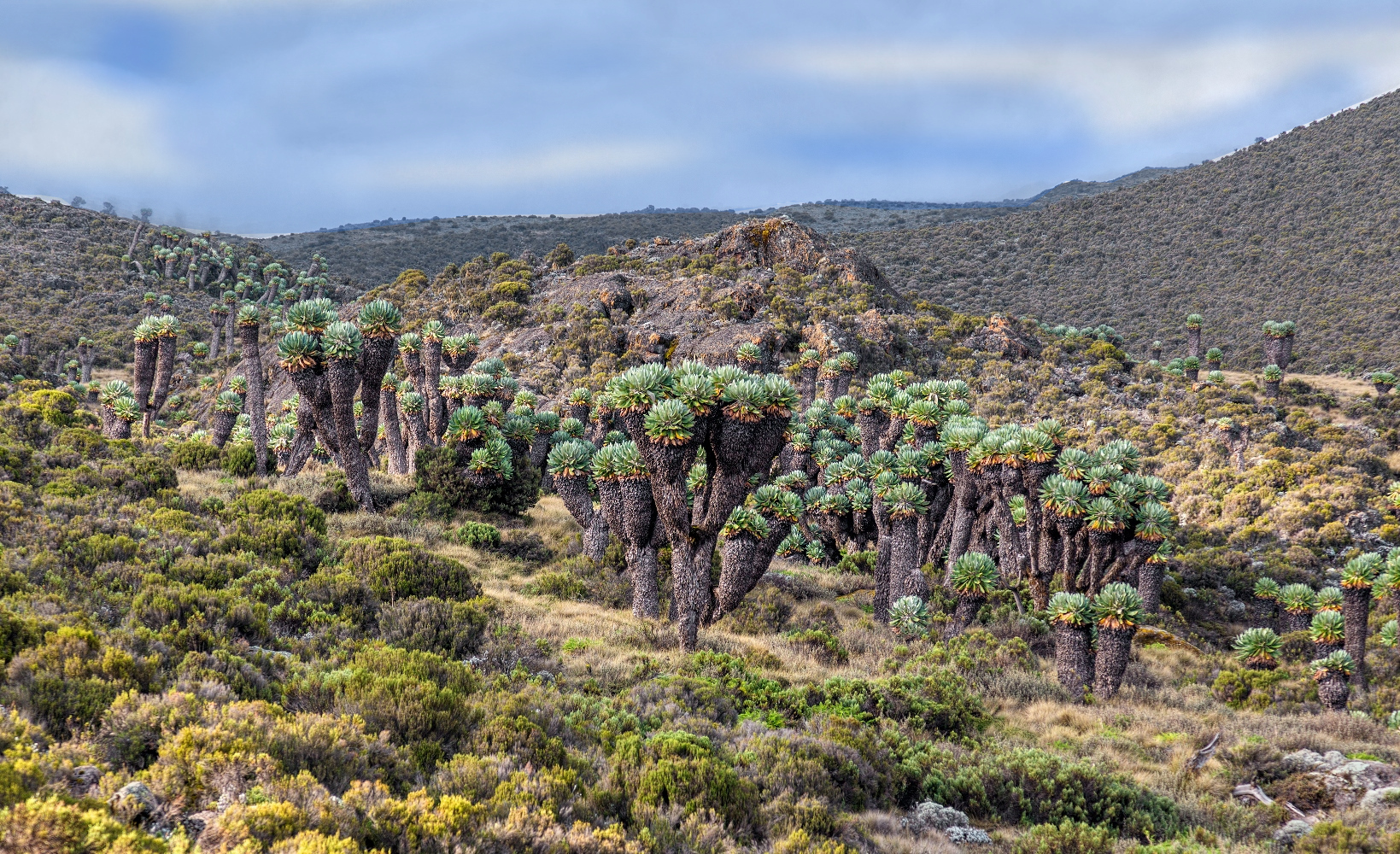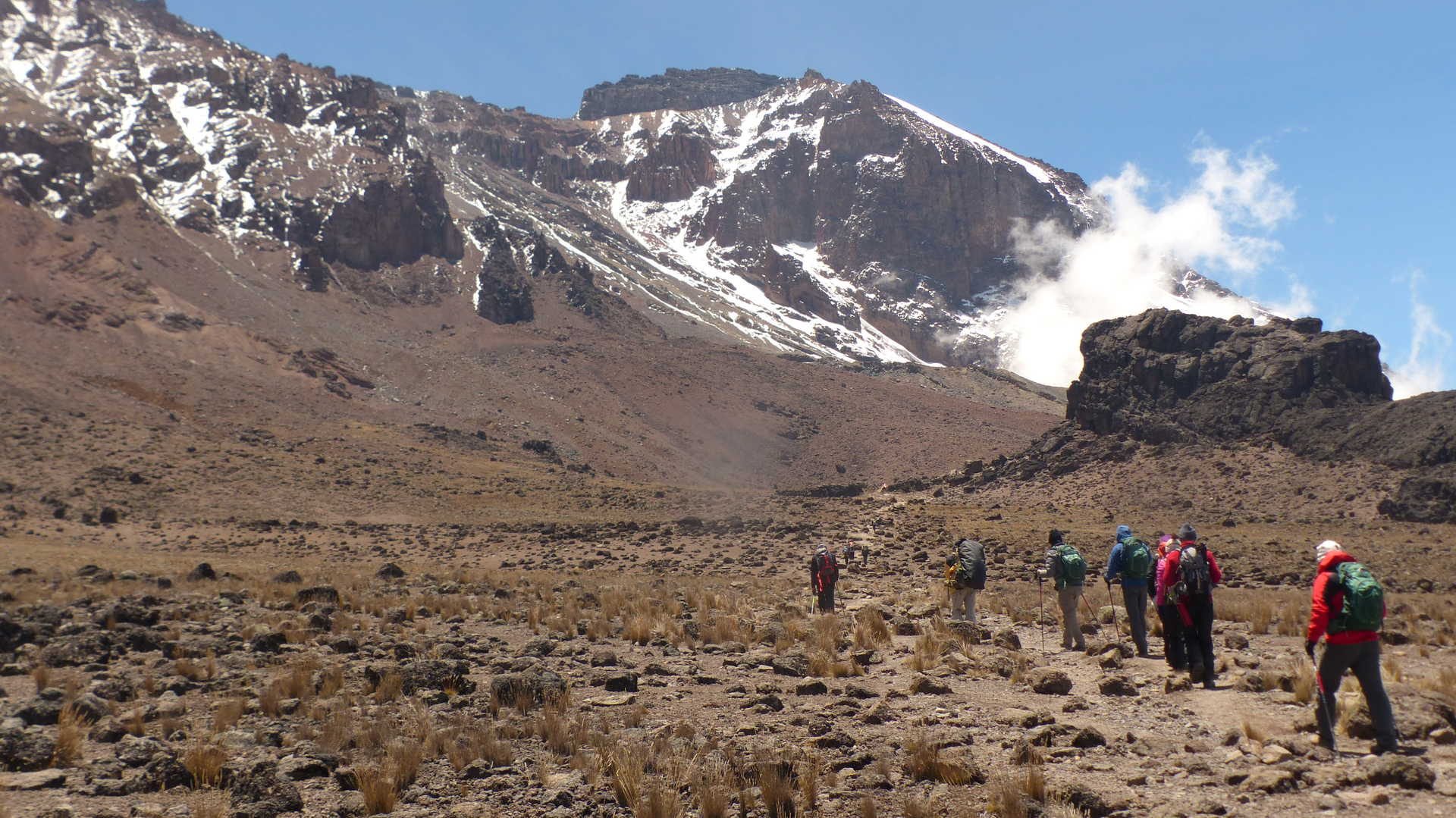Mount Kilimanjaro
The roof of Africa – The highest free-standing mountain in the world.
Overview
Mount Kilimanjaro is the highest free-standing mountain in Africa. The mountain stands tall at 5,895 meters (19,341 feet) at the summit of Uhuru point. To reach this summit you will trek through 5 different climate zones from the tropical rainforest to the arctic zone where the glaciers are found. The mountain is located near Moshi, Tanzania.
There is no mountaineering experience needed to summit this mountain, allowing a unique opportunity for people to have this extraordinary experience of being able to stand on the highest free-standing mountain in the world. Although no mountaineering experience is needed to conquer the mountain, being able to summit successfully depends highly on the amount of time spent on the mountain allowing your body to acclimatize to the drastic change in altitude and you will need at least a basic level of fitness to be able to trek for 6-9 days. This is the reason why the longer routes have a more successful summit rate.
We follow the KPAP guidelines to ensure fair treatment of our porters. The porters play an essential role in your successful summit and as a company, we are focused on ensuring all of our porters are respected for their important role and treated fairly.
Climbing Routes
Best Times to Climb
You can climb Mount Kilimanjaro throughout the year but the best seasons to climb are January to March and June to October. January to mid-March is the best time to climb Mount Kilimanjaro; the weather is warm and the skies are clear in the morning and in the evening. January and February are the warmest months on Kilimanjaro. June to October is also a popular season because it coincides with the American and European summer holidays. The months of June and July are cold but you will not encounter much rain on the mountain. August, September, and October are the driest months on the Mount Kilimanjaro.
April, May, and November are the wettest months on Mount Kilimanjaro; they are not ideal for hiking up the mountain. If you plan to climb Kilimanjaro during these wet months, pack enough warm clothes and good rain gear.
Recommended Personal Climbing Gears / Mountain Packing List
Medium sized day pack, things like sun cream, sunglasses, camera, and money belt. The rest goes in a duffel bag that will be carried by porters from camp to camp and it should not weigh more than 33lbs, (15kg). Should be made from rugged waterproof material.
Quick dry boxers, or briefs, quick dry bra for women, wool T-shirt, long sleeve travel T-shirt, pants, casual shoes, synthetic socks, sleeping bag comfortable to 15F, water proof hiking boots, LED headlamp with extra batteries, trekking poles, heavy weight long underwear bottom, heavy weight long underwear top, synthetic T-shirt, fleece or soft shell jacket (2) , convertible hiking pants, water proof /breath water proof gloves or mittens, liner gloves, fleece/wool winter hat, sun shielding hat or cap, wool/synthetic socks 3pairs, glacier sunglasses, gaiters, warm trousers, jackets, wind breaker jackets and balaclava.
Personal Optional Items:
Hydration reservoir (2liter optional)
Water bottle
Watch with alarm
Camping pillow
Camp towel
Insect repellent
Personal first aid kit
Eye shade
Hand and Toe warmers
Binoculars (small)
Want to reach the roof of Africa?
Click the Get in touch button to book this hiking adventure. Need help with arranging airport pickups, drop-offs or accommodation? Let us know and we can organise it for you.




